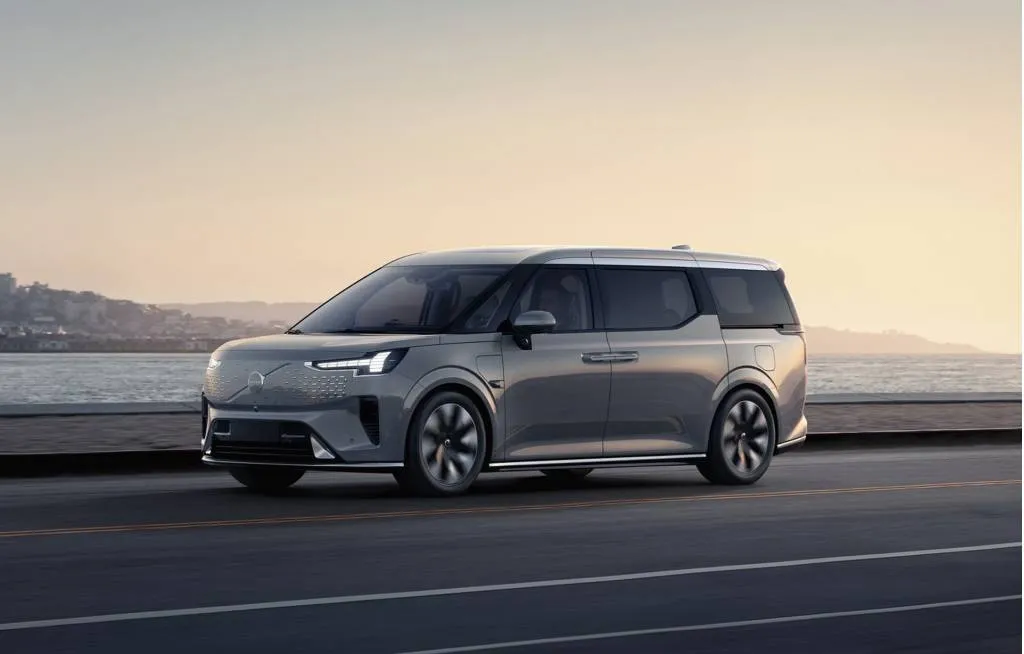Chinese automaker Geely—parent company of Volvo, Polestar, and Lotus—has signed an agreement with Nio to use the latter’s battery-swapping tech in the Chinese market.
Under the agreement, the two companies “co-develop two battery swapping standards for private cars and commercial vehicles,” promote adoption of the technology, and scale up battery-swapping operations, according to a Geely press release.
The agreement also calls for development of a “unified battery swap operation,” including interoperability between the battery-swapping hardware of both manufacturers. A timeline for meeting these goals was not given, however.

2024 Volvo EM90
Nio rolled out battery swapping in 2019 as a “killer app” for the brands EVs that differentiated them among many other brands—suggesting a fully charged battery in 3 minutes. The company claimed to have hit 1,000 battery-swapping stations last year.
Even as charging networks have grown, Nio has continued pushing for expansion of its battery-swapping network and generally boosting the tech—even will rolling out 500-kw DC fast chargers. Those efforts have included a partnership with Shell to expand the tech in Europe as well as further expand the Chinese network.
Nio continues to be bullish on the tech, and just Thursday it reported that it has 30 swapping stations across five European markets, and over 2,200 swapping stations worldwide. Its stations handle over 60,000 battery swaps per day.

2024 Polestar 3 prototype
While Nio is the most prolific, other companies are promoting their own battery-swapping systems. Chinese battery maker CATL rolled out its own battery-swapping solution in 2022, claiming one-minute swap times.
So far the closest tech in the U.S. is that from California’s Ample, which has demonstrated its system with both passenger cars and delivery trucks. That is, unless you count Tesla’s early efforts, which started with much fanfare but only produced a single (now-closed) swapping station.

